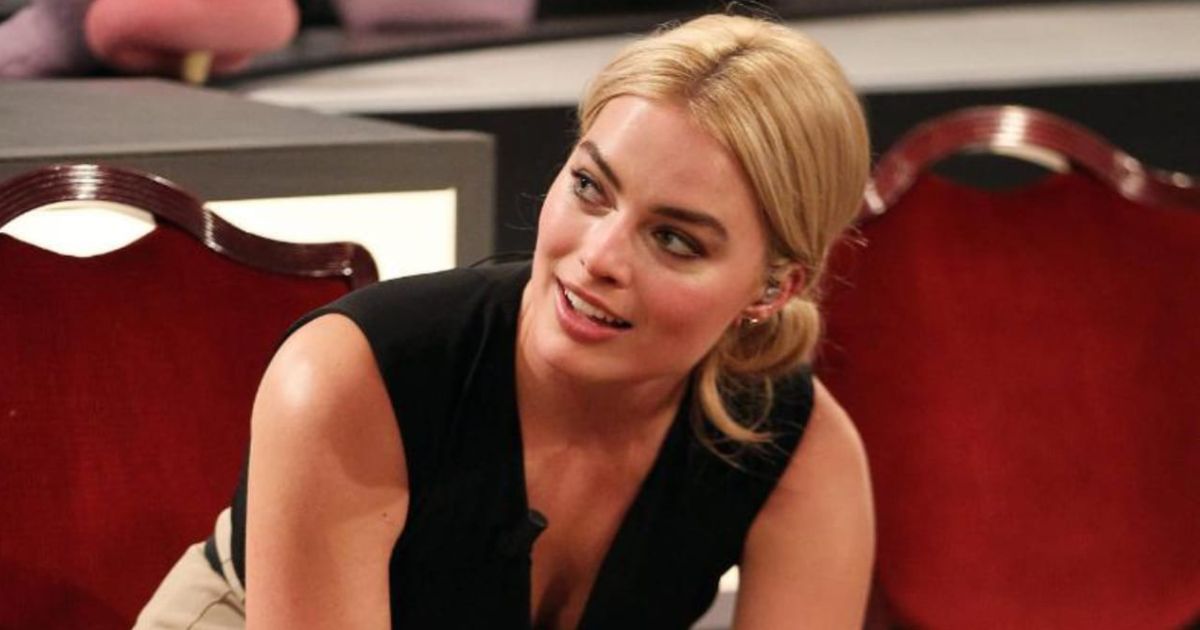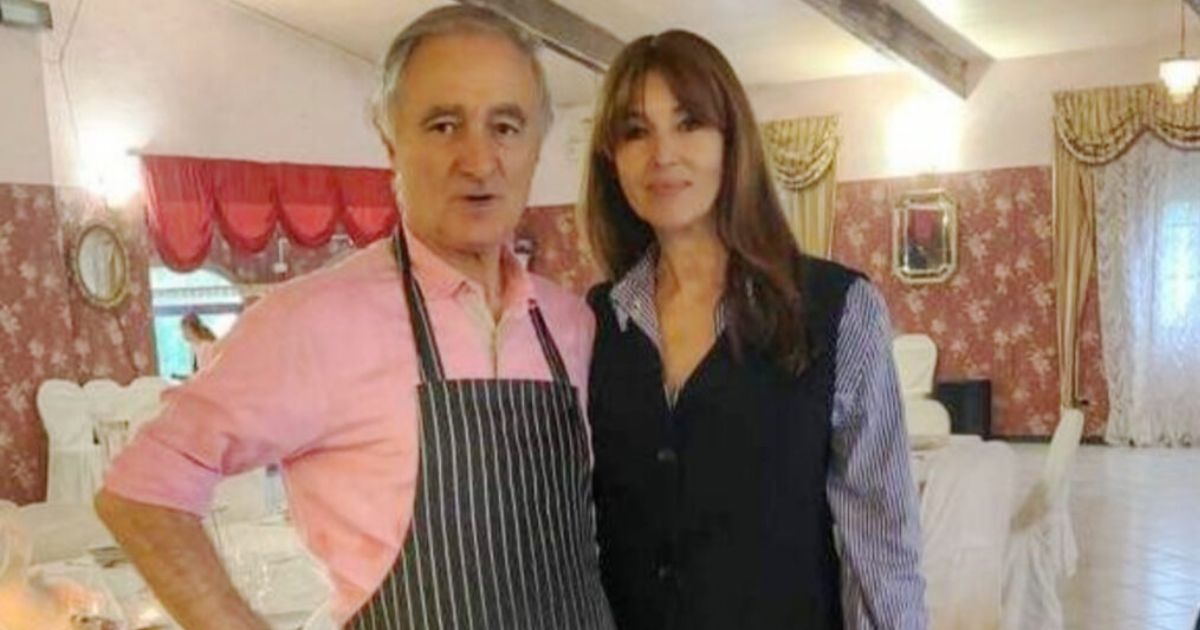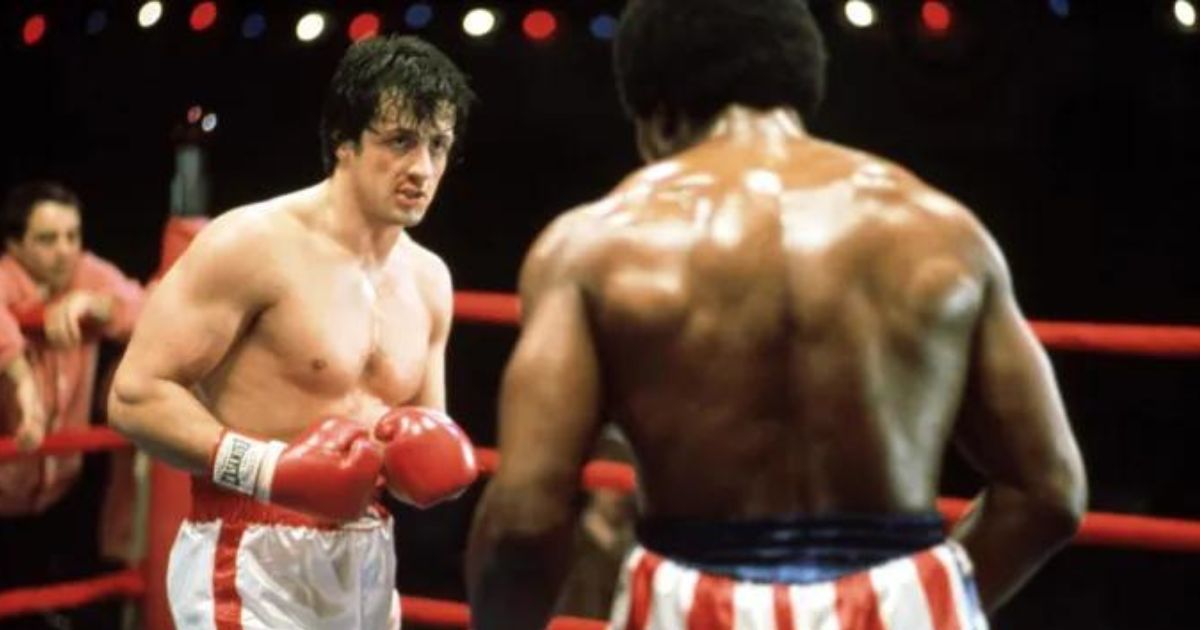As Hollywood hurtles toward an all-encompassing future, some underrepresented groups have secured a far louder voice than others
Katy Sullivan was excited by the news that Scarlett Johansson had recused herself from Rub & Tug.
Only four years ago, the press stumbled over itself declaring Jeffrey Tambor brave and courageous for portraying a transgender woman in Jill Soloway’s Transparent. Less than 1,500 days later, the internet erupted in such outrage when Johansson took on the role of Dante Tex Gill, a transgender man who ran a Pittsburgh massage parlor and prostitution business in the 1970s and ’80s, that she dropped the role.
It’s fairly remarkable that the public conversation transformed so quickly and deeply that many advocates in 2018 were appalled by what they praised in 2014. Many see this as tremendous progress, and for LGBTQ advocates who believe trans roles should be occupied by trans actors, it certainly is.
But Sullivan was also slightly dismayed. The actress, who has appeared on NCIS: New Orleans and My Name Is Earl, is a double above-the-knee amputee from birth. While the Johannson story was ongoing, another was quietly unfolding.
A movie opened on July 13 featuring Dwayne The Rock Johnson – arguably the silver screen’s most able-bodied man – playing an amputee in the action film Skyscraper. So did the Oscar-bait film Don’t Worry, He Won’t Get Far on Foot, in which Joaquin Phoenix portrays the late, real-life comic writer John Callahan, who was paralyzed beneath the waist. Both were met with crickets. Where was the outcry?
So, Sullivan wrote an open letter to Johnson asking him not to take such roles in the future. She wrote: “This very week, Scarlett Johansson has been getting a lot of heat from the LGBTQ community for portraying a transgender character in Rub and Tug. Rightfully so, as there are many talented trans actors out there who could be portraying that role instead of her. Actors that would bring beautiful and complicated authenticity to the project without having to reach outside themselves. The outcry is about inclusion. TRUE inclusion.”
The path toward to the Age of Representation has been anything but even. As Hollywood hurtles toward an all-encompassing future, some underrepresented groups have secured a far louder voice than others. And that voice, as the Johansson situation proved, can have a direct impact on what film is eventually delivered to moviegoers.
To understand the disparity, it’s vital to first understand representation. Arguments about what ideal representation looks like vary but center on the same question: Do the stories portrayed on-screen reflect the diversity of the real world? Are we enjoying stories of underrepresented groups, including women, people of color, the LGBTQ community and those living with disabilities?
There’s also a second, trickier layer. If Hollywood is indeed telling stories of underrepresented groups, who is portraying those characters, who should be and how do we drawn that line? For example, was it kosher for Eddie Redmayne to be nominated for a best actor Oscar for his portrayal of a transgender woman in 2015’s The Danish Girl (a year after he won the award for playing the disabled Stephen Hawking)? Is it problematic that nearly half of the Academy Awards for best actor during the past two decades were won by men playing the sick or disabled, even though none of the actors were afflicted in real life?
The answers to these questions vary, but it’s irrefutable that certain groups are less represented on screen. The statistics are stark.
Women constitute more than half the U.S. population, but only 18 percent of all the directors, writers, producers, editors and cinematographers who worked on last year’s top 250 U.S. films. And only 24 percent of protagonists of the year’s top 100 grossing films were women. (Meanwhile, male film critics outnumber female reviewers two to one.)
A study from the University of Southern California Annenberg Inclusion Initiative combed through 900 popular movies from 2007 to 2016 and found that speaking roles for black, Latino and Asian characters tallied in at 13.6, 3.1 and 5.7 percent, respectively. Only 1.1 percent of speaking characters identified as LGBTQ.
And though nearly 20 percent of Americans identified as disabled in the 2010 Census, a mere 2.7 percent of characters with speaking roles were portrayed with a disability.
While the numbers are improving ever-so-slowly for all underrepresented groups, some movements appear to have more social traction than others.
When Jared Leto was cast as a pre-op transgender woman in 2013’s Dallas Buyers Club, he was praised for the “challenging” role which earned him a best supporting actor Oscar. But even then, the seedling of change had already been planted. As Jennifer Finney Boylan wrote in the New York Times, his casting was “met with a sense of exhaustion by some parts of the trans community.”A few years later, that exhaustion has become invigoration.
Actress Ivory Aquino, a transgender woman, applauds Johansson for stepping down, both because it was right and because “it definitely has reignited this conversation, and it was so inspiring to see so many people in the community band together.”That has not been the case for representation in terms of the disabled.
Comparing different underrepresented groups is a quagmire probably best to avoid, but it’s an important one to explore in the Age of Representation. It is possible to both be excited by Johansson’s recusal and disappointed that there isn’t better representation for the disabled community, Sullivan said. For those who care about representation, it’s logical.
“True inclusion would be when a lawyer is written on a TV show that doesn’t have anything to do with being disabled, and (the studio says), ‘Why don’t we cast that guy in a wheelchair?’ ” Sullivan said – or sub “guy in a wheelchair” with “woman,” “queer person” or “person of color.” R.J. Mitte, the actor who played Walt Jr. on Breaking Bad and lives with cerebral palsy, agreed.
“I personally don’t want more options to play a character with C.P. I shy away from those roles,” he said. Instead, he wants to portray characters primarily defined by different characteristics, but he described finding such roles as “reaching for the stars with anchors on our feet.”That’s because, Sullivan said, “if we’re not even being allowed to play the roles that are specifically written (about) our community, then how will we ever get (other) roles?” It’s the same thing felt by many in the trans community, which is what makes the Johansson moment feel so victorious.
Social movements progress in fits and starts, said civil rights and employment lawyer Kalpana Kotagal. Kotagal wrote the inclusion rider – a contract stipulation that a film’s cast and/or the crew reflect real demographics – that Frances McDormand touted at this year’s Oscars.
There is a need, Kotagal said, “to recognize that race may be in a different place in these issues than gender than disability than sexual identity” in the social conversation, because “the inclination is often to conflate all underrepresented groups without a clear assessment or analysis with what are the particular problems different groups may face.”Part of the difference hinges on how focused each community is.
“The transgender community is loud and strong and have learned to use social media to make their views well known; and the cisgender community is clearly listening and sensitive to casting and stories about the community that are not authentic,” Marlee Matlin, an Oscar-award winning actress who is also deaf, said via email.The disabled community, meanwhile, isn’t as focused. That’s partially because, Kotagal said, “the disability community is not monolithic.”
“We are fragmented as a community because there are all different kind of disabilities,” Christine Bruno, an actor and disability inclusion consultant who lives with cerebral palsy, said.
The other huge issue has to do with perception. “‘Disability’ suggests an inability,” Kotagal said. “Part of what needs to change for disabled actors to be able to play these roles is some really fundamental changes in how we think about ability.” Because the idea is often that disabled actors can’t play roles, there’s a lack of guilt from studios for casting able-bodied actors in those parts.
“As far as characters with disabilities goes, Hollywood has a longer history of casting non-disabled actors in disabled roles and it’s almost a given that a lead actor who is not disabled is given a ‘pass’ under the category of ‘acting’ or ‘expressing one’s art,’” Matlin said. “I got that myself when I took home the Oscar and a well-known critic stated that I didn’t deserve the Oscar because as a deaf woman in a deaf role (for Children of A Lesser God) I wasn’t ‘acting.’ ”
The barriers facing underrepresented groups are massive, myriad and institutional – but one key to bridging the gap is telling inclusive stories. Breaking Bad and Orange is the New Black are prime examples: The former featured a character with cerebral palsy and the latter featured several LGBTQ characters, without either being the sole focus of the story. They simply reflected the real world. Scripts are a good starting point. Just ask Alexa Fogel, a casting director who has consistently cast some of the most diverse shows on television, such as The Wire and Atlanta.
Fogel approaches each project with one goal in mind: authenticity. That means something extremely different when she’s casing “Pose,” a show about 1980s New York that’s been lauded for inclusive casting of transgender actors; Treme the story of post-Katrina New Orleans, which is a majority black city; and Ozark, a crime show mostly set in the majority white Missouri Ozark Mountains. The scripts – the stories being told – often dictate what authenticity means for each project.For all that, though, Fogel has only worked on a single project both directed and produced by women – Generation Kill- which highlights yet another issue in the industry’s cornucopia of disparities. For all the ills left unsolved, though, Kotagal said, “We’re moving forward.”
“We’re able to talk about different underrepresented groups and what affects them. We’re able to talk about who is in front of camera and behind it,” she said. “Have the problems been solved? Absolutely not. But this at least suggests progress.”

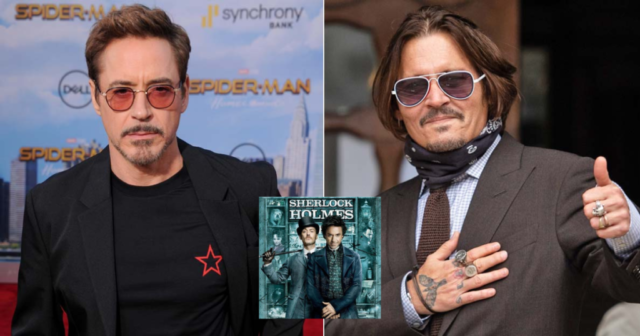
 Entertainment2 years ago
Entertainment2 years ago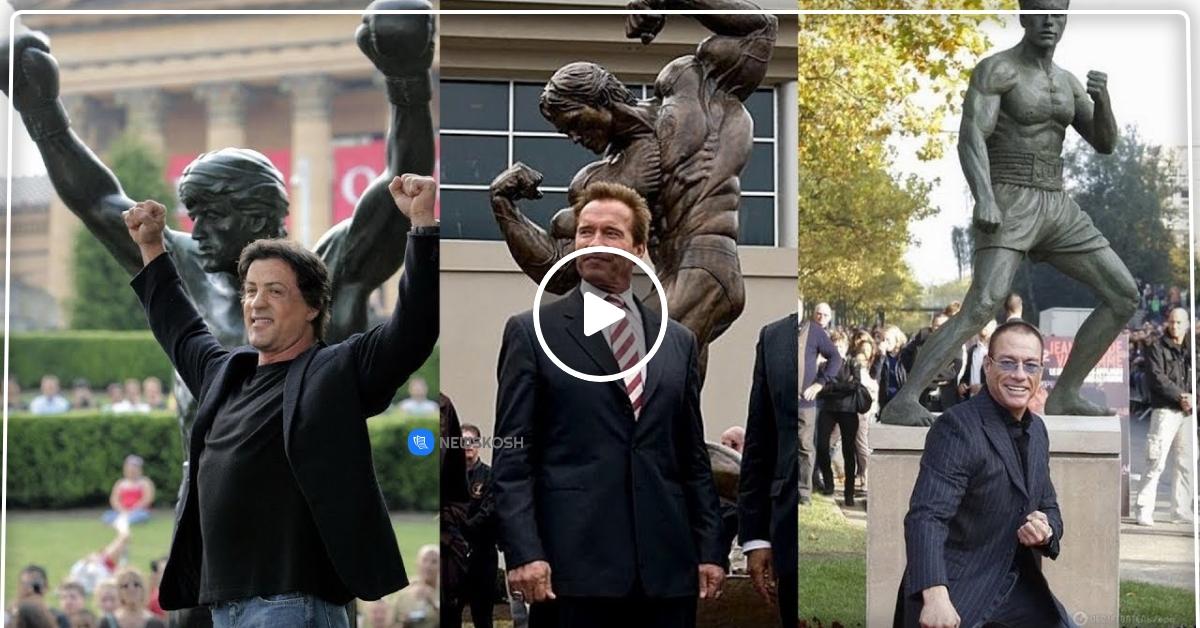
 Entertainment2 years ago
Entertainment2 years ago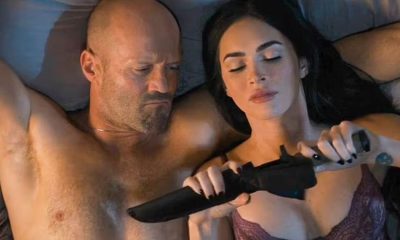
 Uncategorized1 year ago
Uncategorized1 year ago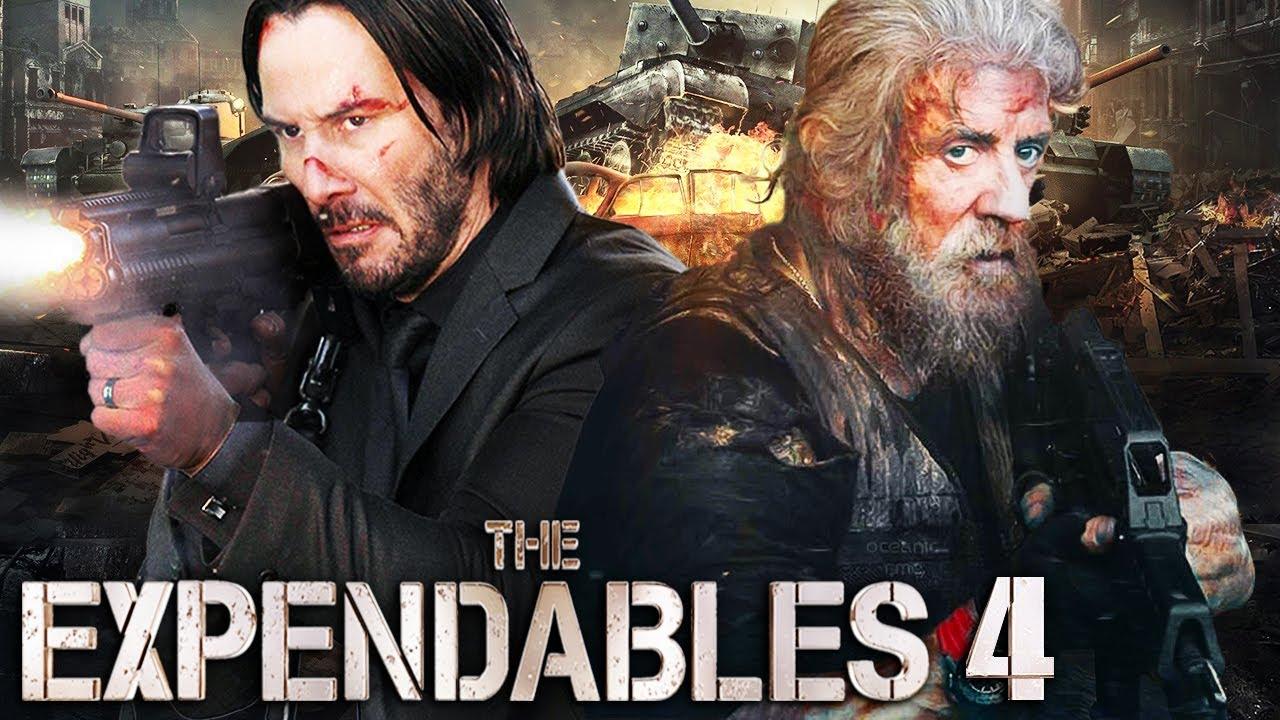
 Entertainment2 years ago
Entertainment2 years ago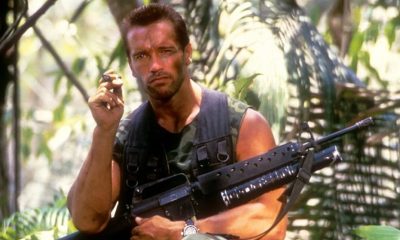
 Entertainment1 year ago
Entertainment1 year ago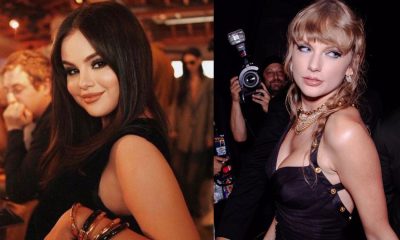
 Uncategorized10 months ago
Uncategorized10 months ago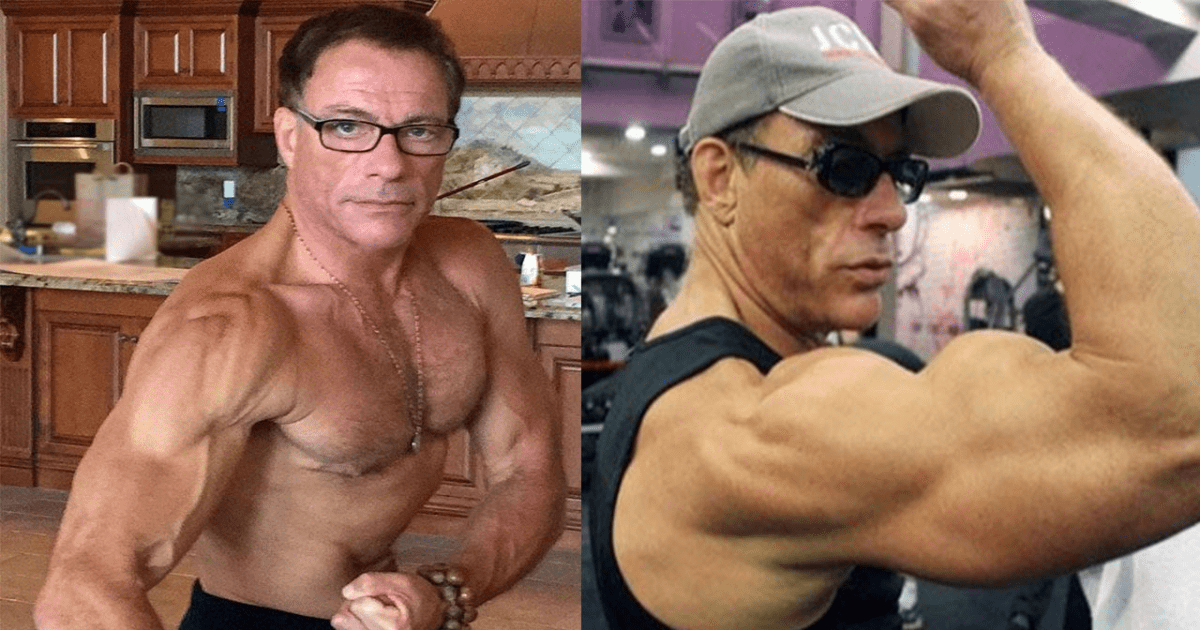
 Uncategorized1 year ago
Uncategorized1 year ago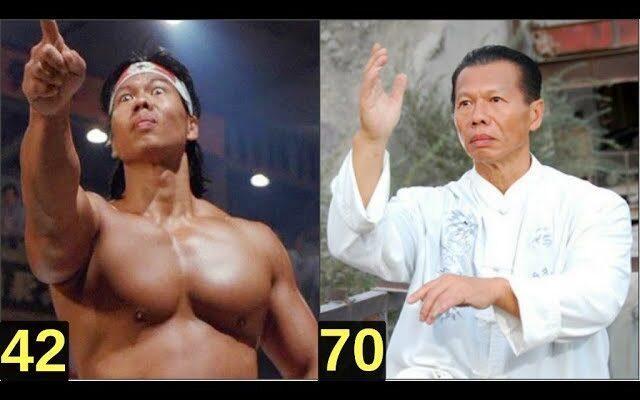
 Uncategorized1 year ago
Uncategorized1 year ago
